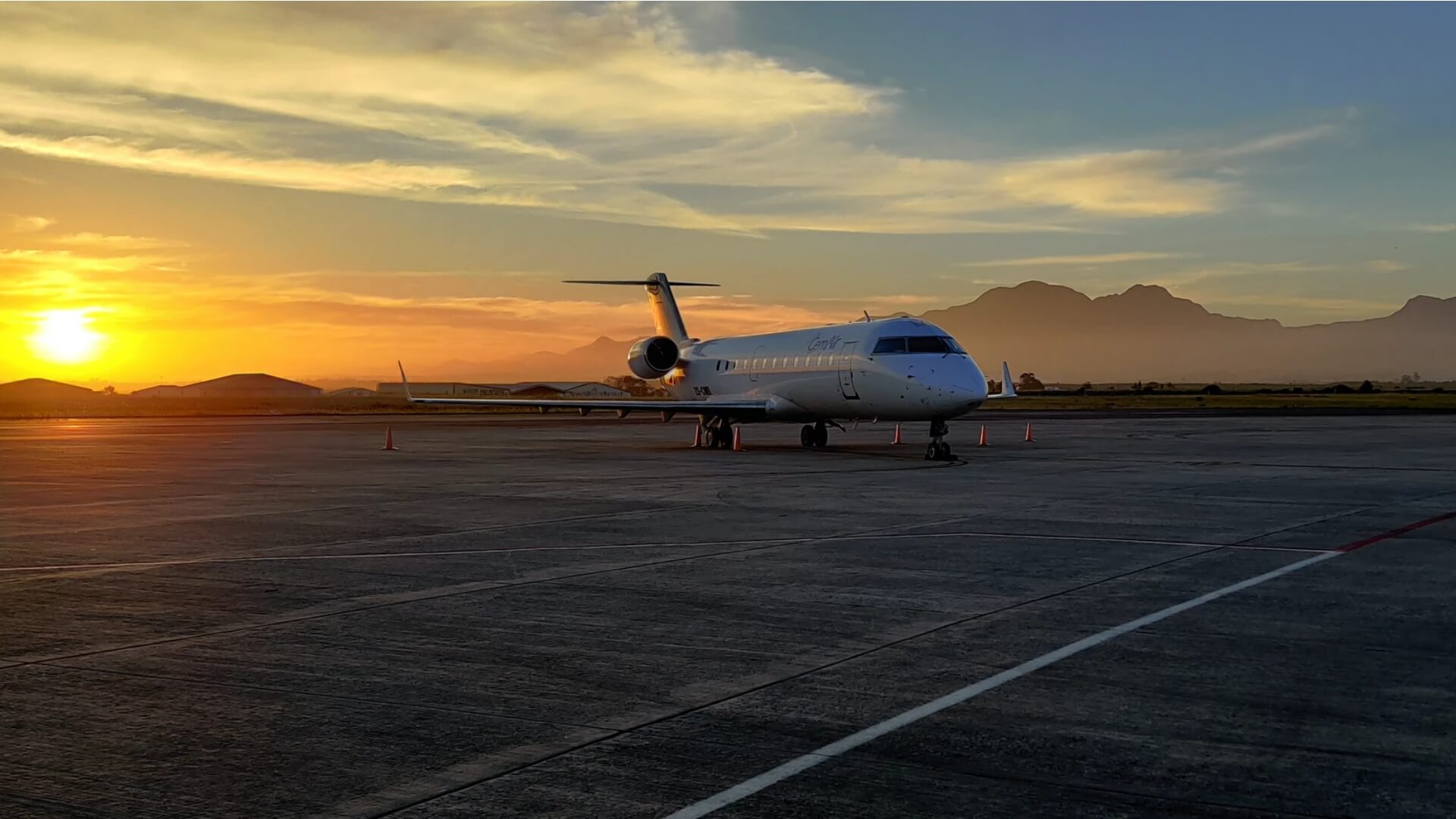
President Joe Biden stated on Tuesday evening that the US will follow the European Union and Canada in banning Russian flights from its airspace, a decision that is certain to provoke Russian retaliation.
United Airlines and United Parcel Service (UPS) (UPS.N) said on Tuesday that they will no longer fly over Russian airspace, joining Delta Air Lines (DAL.N) and American Airlines in doing so.
In his State of the Union address, Biden said, “I am announcing that we will join our partners in blocking off American airspace to all Russian flights, further isolating Russia and putting an additional strain on their economy.”
In recent days, the White House undertook extensive talks with US airlines about the matter.
By the end of Wednesday, the prohibition will be in effect.
Because of the ban on the use of Canadian and European airspace, Russian flights have been essentially blocked from most U.S. destinations in recent days.
Some foreign nations, as well as some US senators, have privately questioned why the US had not moved faster to prohibit Russian planes.
The European Union said on Tuesday that it was in talks with its American counterparts about extending the ban, as it provided further details about the EU’s airspace shutdown for Russian planes imposed after Moscow’s invasion of Ukraine.
After the EU and Russia slapped tit-for-tat airspace bans, airlines are already facing potentially significant delays on critical east-west flight corridors.
Russian oligarchs, including those with dual nationalities, will not be able to circumvent the EU airspace embargo, according to a senior EU official.
“They will be covered regardless of whether they are EU residents or Russian nationals,” the official said.
“A plane flying into the EU, out of the EU, or overflying the EU cannot be chartered, owned, or controlled by Russian people or a Russian company. “
SUPPLY CHAIN DISRUPTION
The closure of the skies, which would affect nearly a fifth of aviation freight, will cause more disruption and financial strain on global supply networks, which have already been hammered severely by the pandemic.
Russian airlines, which account for over 70% of flights between Russia and the EU, are likely to be the hardest hit.
After reciprocal bans, restricted European carriers from flying over Siberia and Russian airlines from flying to Europe, travel between Europe and North Asian countries such as Japan, South Korea, and China has been disrupted.
These limitations affect around 20% of the world’s air cargo, according to Frederic Horst, managing director of Cargo Facts Consulting, who spoke to Reuters on Tuesday.
Due to restricted airspace access, Lufthansa (LHAG.DE), Air France KLM (AIRF.PA), Finnair, and Virgin Atlantic have already cancelled North Asian freight operations.
SAS (SAS.ST), a Scandinavian airline, said it would reroute its once-weekly Copenhagen-Shanghai trip and delay its Copenhagen-Tokyo operation to avoid Russian airspace.
Major Asian airlines, such as Korean Air Lines (003490.KS) and Japan’s ANA Holdings (9202.T), as well as Middle Eastern airlines, continue to fly across Russian airspace.
RUSSIAN CARRIERS
According to the Interfax news agency, Russian airlines are also feeling the strain, with airline Pobeda, state airline Aeroflot’s (AFLT.MM) low-cost carrier, receiving demands from a number of leasing businesses to return their planes.
The bans apply to pure cargo airlines such as Russia’s AirBridgeCargo Airlines and Luxembourg’s Cargolux, potentially driving up air freight charges, which were already high owing to a lack of passenger capacity during the pandemic.
“Due to the lengthier routes, flights become more expensive,” said Stefan Maichl, an analyst at Germany’s Landesbank Baden-Wuerttemberg.”
According to the International Air Transport Association, air freight rates were 150 per cent higher in December than in 2019.
Sanctions imposed on Russia following its invasion of Ukraine are expected to affect global supply lines even further.
According to Horst, Russia’s AirBridgeCargo transports slightly under 4% of global international air cargo, the majority of which is transported between Europe and Asia.
“It’s possible that a quarter of flying cargo between Asia and Europe may need to find alternative modes of transit,” Horst added.
“The yields are strong enough that flying a longer route through Southeast Asia, South Asia, or the Middle East is a viable alternative, but it will still remove capacity from the market.”
SURGE IN AIR CARGO
More products are being carried by air due to shipping container shortages and port congestion. According to IATA, aviation freight demand was 6.9% higher last year than in 2019.
EVA Airways (2618.TW), a Taiwanese carrier, said on Tuesday that its cargo flights to and from Europe were running smoothly and that it was considering expanding its services to fulfil market demand.
Analysts predict that Asia-North America cargo routes will be less affected than those in Europe because many carriers currently use Anchorage, Alaska, as a freight hub and stopover point.
Previously, UPS and FedEx Corp had halted delivery to Russia. Inbound shipments to Russia have been halted by Deutsche Post’s DHL unit.
Source: Reuters



